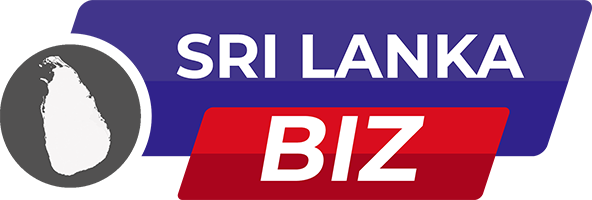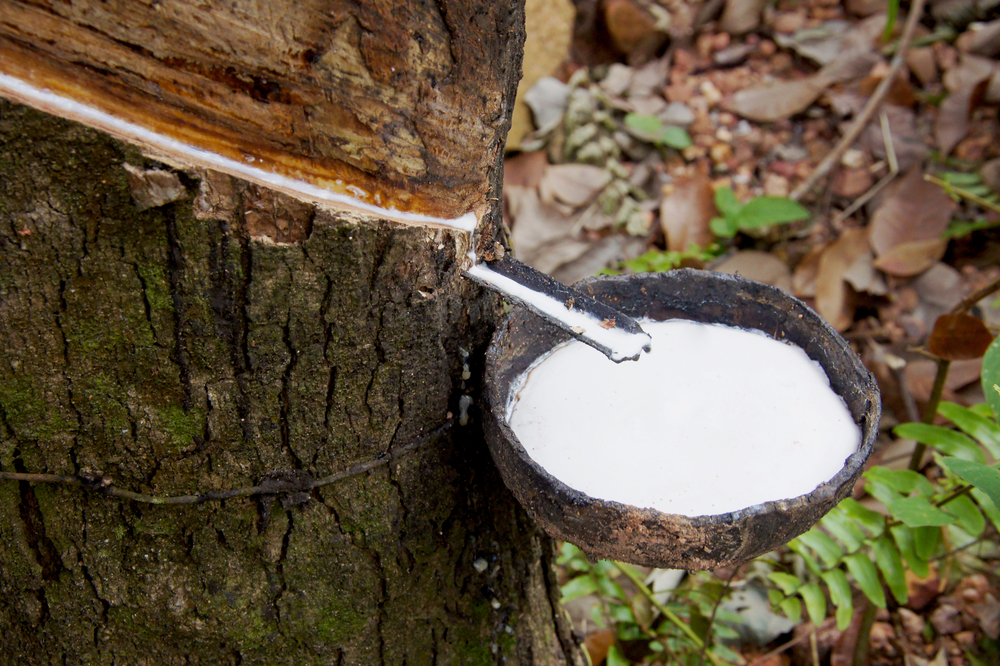The recent surge in natural rubber prices has led the global rubber industry to anticipate a consumer shift from natural rubber products to synthetic alternatives, according to insights from The Daily Morning Business.
Pushpika Janadheera, Chairperson of the Sri Lanka Association of Manufacturers and Exporters of Rubber Products (SLAMERP) and Managing Director of Dipped Products PLC (DPL), highlighted the challenges this poses for Sri Lanka. Since the country does not produce synthetic rubber, it relies entirely on imports, making it vulnerable to high freight costs.
Janadheera noted that Sri Lanka’s competitiveness in the global rubber market is diminishing due to rising energy and water tariffs, labour shortages, currency fluctuations, and raw material shortages. These factors are making local rubber production more costly.
Data from the Export Development Board (EDB) shows a 3.16% year-on-year decline in export earnings from rubber and finished products, totaling $76.8 million in July 2024. This drop is largely driven by decreased demand for products like tyres and gloves, especially in Europe, where the war and escalating raw material prices are affecting rubber product demand.
Although SLAMERP expects some improvement in rubber exports to the U.S., concerns over upcoming elections may slow orders in the near term. Europe’s orders are anticipated to rise after the summer vacation period.
However, Sri Lanka faces a major challenge with domestic rubber production, which currently meets only 40% of the industry’s needs, requiring the remaining 60% to be imported. SLAMERP acknowledges ongoing efforts to boost local production but stresses that these initiatives are not sufficient to meet the growing demand.


